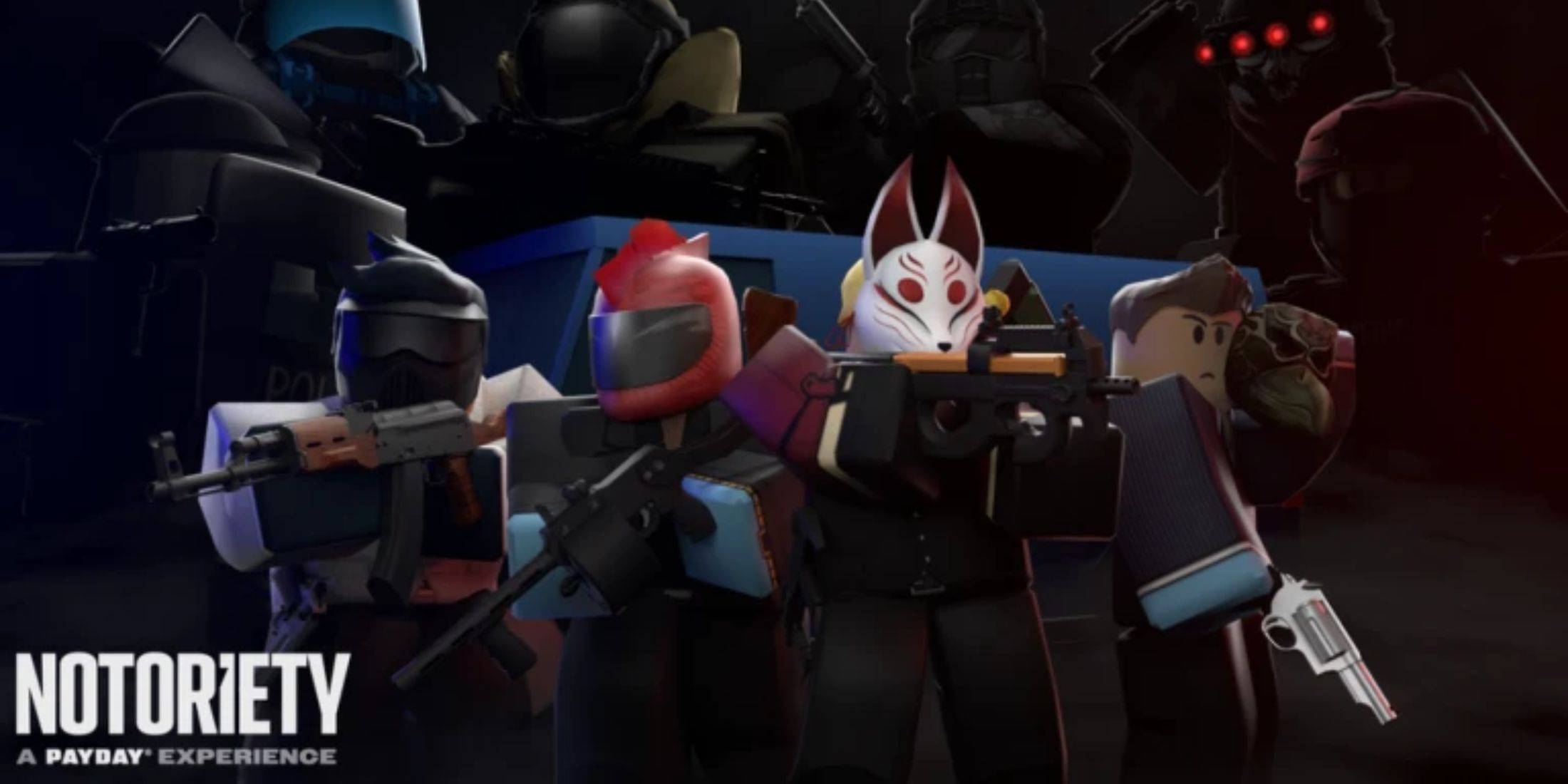"Persona Series: Complete Game and Spin-Off Timeline"
Originally starting as a spin-off of the Shin Megami Tensei series, the Persona franchise has evolved into a powerhouse in the world of modern RPGs. With a rich tapestry of major sequels, remakes, anime adaptations, and even stage plays, Persona has solidified its place as a multimedia sensation. The enthusiasm for the series continues to surge, particularly with the recent release of Persona 3 Reload, now playable on PlayStation 5, Xbox Series X, and PC. For newcomers eager to dive into this captivating universe, we've crafted a comprehensive guide detailing every game and spin-off, along with the best starting point and the chronological and release order of the series.
Jump to:
- How to play in order
- How to play by release date
- Upcoming releases
Answer
See Results
How Many Persona Games Are There?
In total, there are currently twenty Persona games. These encompass mainline entries, expanded versions with new story content, and remakes. While we won't delve into direct ports or remasters, we'll highlight every alternate version of each game in our list below.
Which Persona Game Should You Play First?
For those new to the series, jumping into Persona 3 Reload, Persona 4 Golden, or Persona 5 Royal is an excellent starting point. These are the latest iterations of the third, fourth, and fifth mainline entries, available on PC and most major consoles, except for Persona 3 Reload which is not yet on the Nintendo Switch. You don't need to worry about missing out on the overarching narrative by starting with these later entries, as each game offers a new story and original characters, making them perfect for newcomers. To help narrow down your choice, consider watching gameplay videos and exploring the social links in each game to see which resonates with you the most.

Persona 3 Reload
54
Available on PS5, PS4, and Xbox Series X.
See it at Amazon
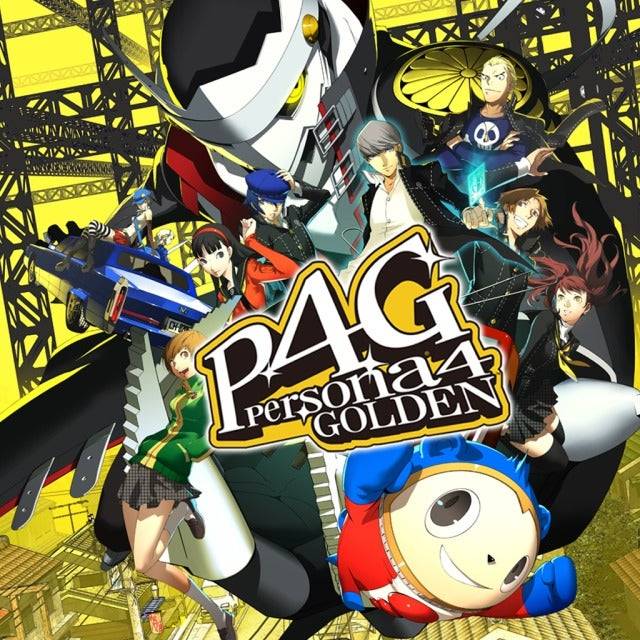
Persona 4 Golden
42
Available on PC, Xbox, PS5, and Nintendo Switch
See it at Nintendo

Persona 5 Royal
103
Available on PC, Xbox, PS5, and Nintendo Switch
See it at Amazon
Every Persona Game and Spin-Off in Chronological Order
These blurbs contain mild spoilers for each game, including characters, settings, and story beats.
1. Revelations: Persona (1996)

The inaugural title of the series, Revelations: Persona, emerged from Atlus's response to the acclaim of Shin Megami Tensei: If…, another high school-themed spin-off. Building on this beloved concept, Revelations: Persona introduced a full-fledged dungeon-crawling RPG, where a group of high school students combat a supernatural uprising in Mikage-cho. Utilizing their awakened Personas, they navigate dungeons, engage in random encounters, and strengthen their party. This game laid the groundwork for the franchise, introducing core elements like Persona combat, the Velvet Room, and a teenage cast of protagonists.
2. Persona 2: Innocent Sin (1999)
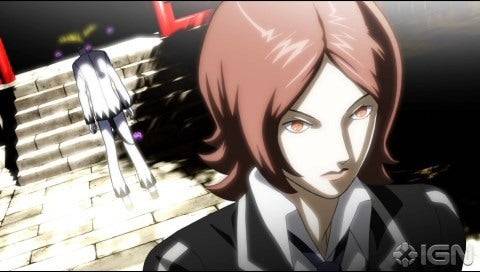
Persona 2: Innocent Sin, the second entry in the series, released in 1999, follows a new group of high school students led by protagonist Tatsuya Suou. Their mission is to thwart a mysterious villain known as Joker and the cult of the Masked Circle. The game revolves around a sinister plot where rumors in Sumaru come to life, requiring players to explore dungeons, wield Personas, and fight shadows. Notably, this game received a direct sequel just a year later, with Persona 2: Eternal Punishment continuing the story.
Read our review of Persona 2: Innocent Sin.
3. Persona 2: Eternal Punishment (2000)
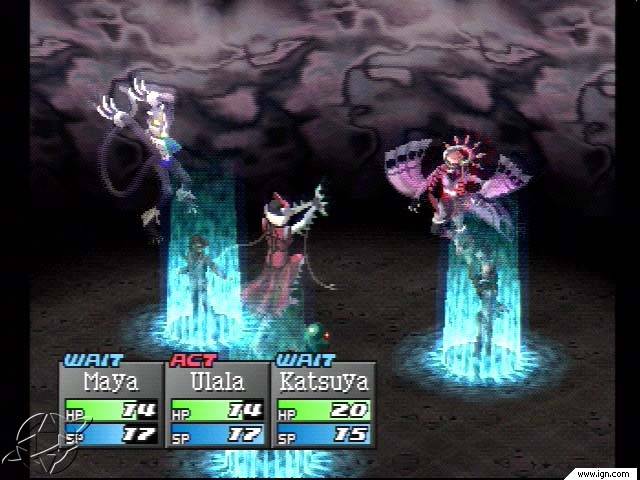
Continuing the narrative from Innocent Sin, Eternal Punishment elevates side character Maya Amano to the protagonist role. Tasked with investigating a new rumor, the "Joker Curse," Maya and her allies confront a returning enemy. The gameplay retains the series' signature turn-based, dungeon-crawling style, with players enhancing their party and battling shadows using Personas.
Read our review of Persona 2: Eternal Punishment.
4. Persona 3 (2006) / Persona 3 FES (2007) / Persona 3 Portable (2009) / Persona 3 Reload (2024)

Persona 3 marked a significant evolution in the franchise, emphasizing its high-school premise with the introduction of a daily calendar. Players balance attending school, fostering friendships, and studying with battling shadows in the supernatural realm of Tartarus. The story centers on Makoto Yuki, a high school student who can access the Dark Hour, where he teams up with classmates to uncover a sinister plot in a demonic tower emerging from their school. Persona 3 introduced social links, day-to-day activities, and other mechanics now iconic to the series.
Read our review of Persona 3 Reload.
Alternate Versions of Persona 3:
Persona 3 has been re-released multiple times. Persona 3 FES expanded the game with an additional chapter, The Answer, and an alternate campaign with a female main character. Persona 3 Portable, a handheld version, includes the female route but not The Answer. Persona 3 Reload, a full remake for modern consoles, omits The Answer and the female main character route.
5. Persona 3: Dancing in Moonlight (2018)
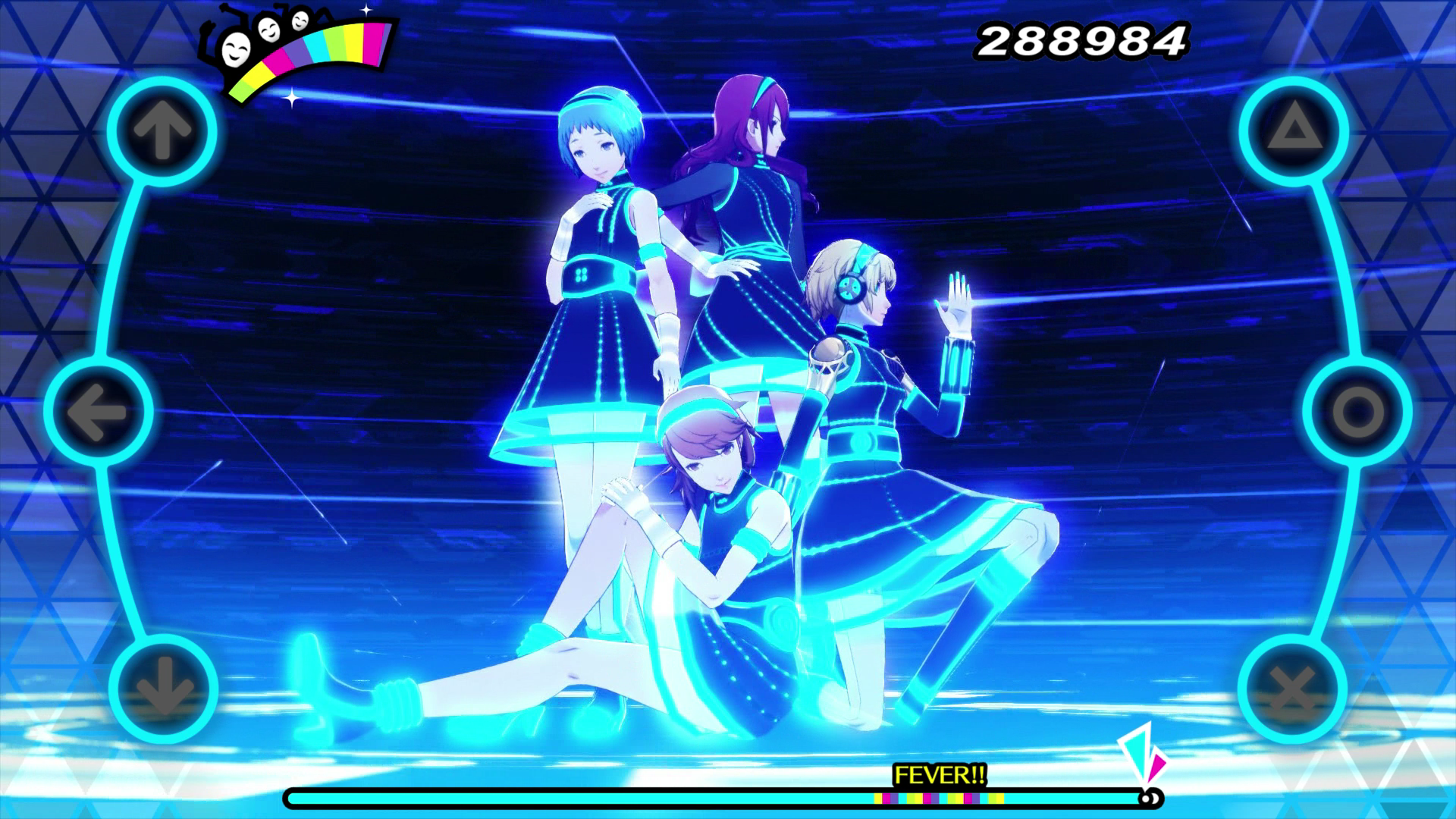
This rhythm-based dancing spin-off set during the Persona 3 campaign features Elizabeth challenging the S.E.E.S team to a dance-off in the Velvet Room. The events occur in a dream but remain canon, with the team performing dance routines to iconic Persona 3 tracks.
6. Persona 4 (2008) / Persona 4 Golden (2012)
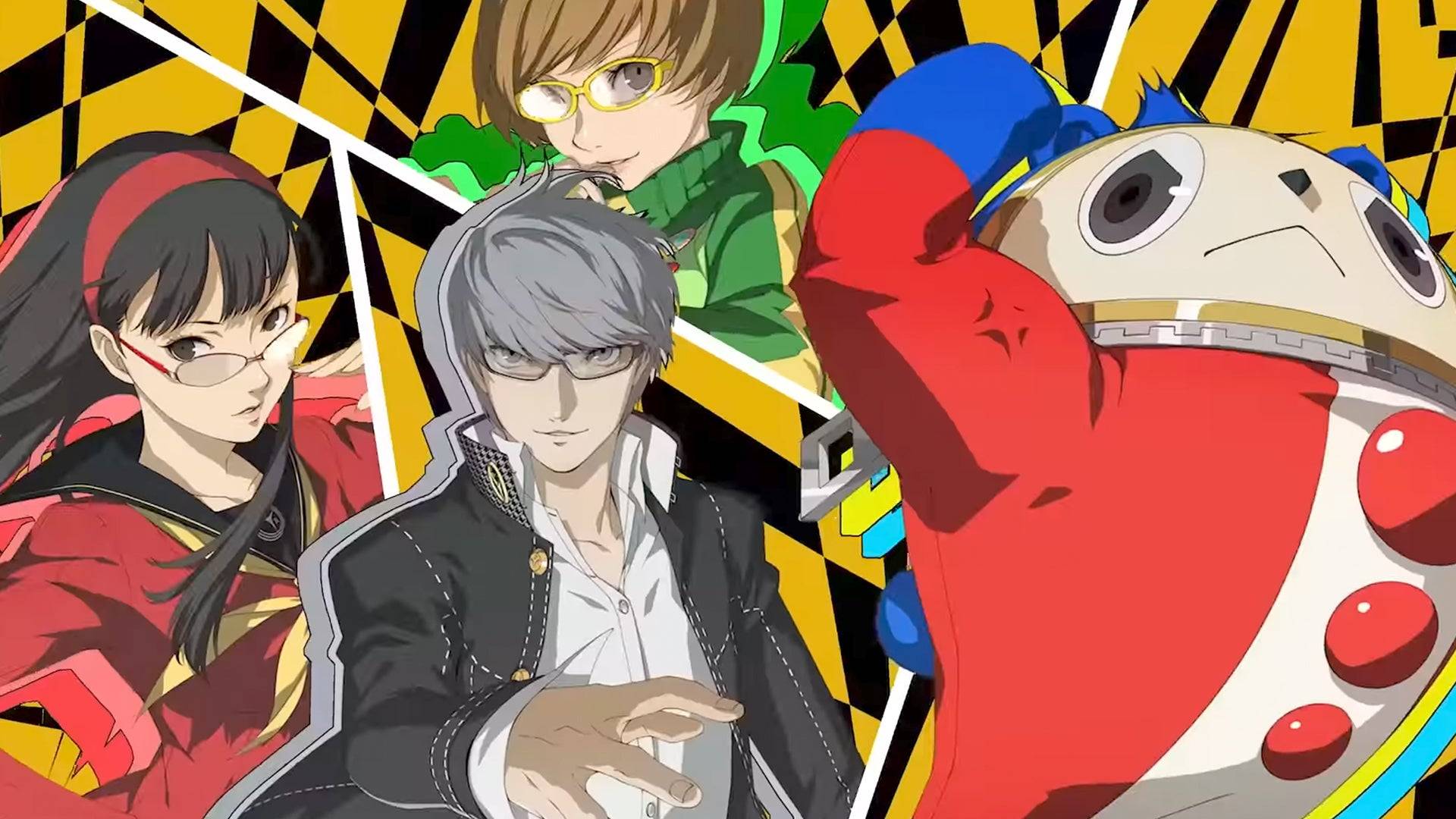
Set in the rural town of Inaba, Persona 4 casts players as Yu Narukami, a high schooler from the city who moves to live with his uncle and cousin. A series of violent murders in Inaba leads Yu and his friends to discover an otherworldly realm accessible through TV monitors. They explore this realm, battling supernatural forces to uncover the truth behind the murders. Building on Persona 3's mechanics, Persona 4 employs a calendar system, with players developing social links and attending school alongside dungeon exploration.
Read our review of Persona 4 Golden.
Alternate Versions of Persona 4:
Persona 4 Golden, released in 2012, expanded the original with new story content and an additional dungeon, widely regarded as the definitive way to experience the game.
7. Persona Q: Shadow of the Labyrinth (2014)

Persona Q: Shadow of the Labyrinth is a crossover set during the events of both Persona 3 and 4. The S.E.E.S team and the Investigation Squad are trapped in a distorted version of Yasogami High School during a typhoon and a culture festival, respectively. They collaborate to investigate and escape, exploring a labyrinth filled with new enemies and an original story that harks back to the series' dungeon-crawler origins.
Read our review of Persona Q: Shadow of the Labyrinth.
8. Persona 4 Arena (2012)
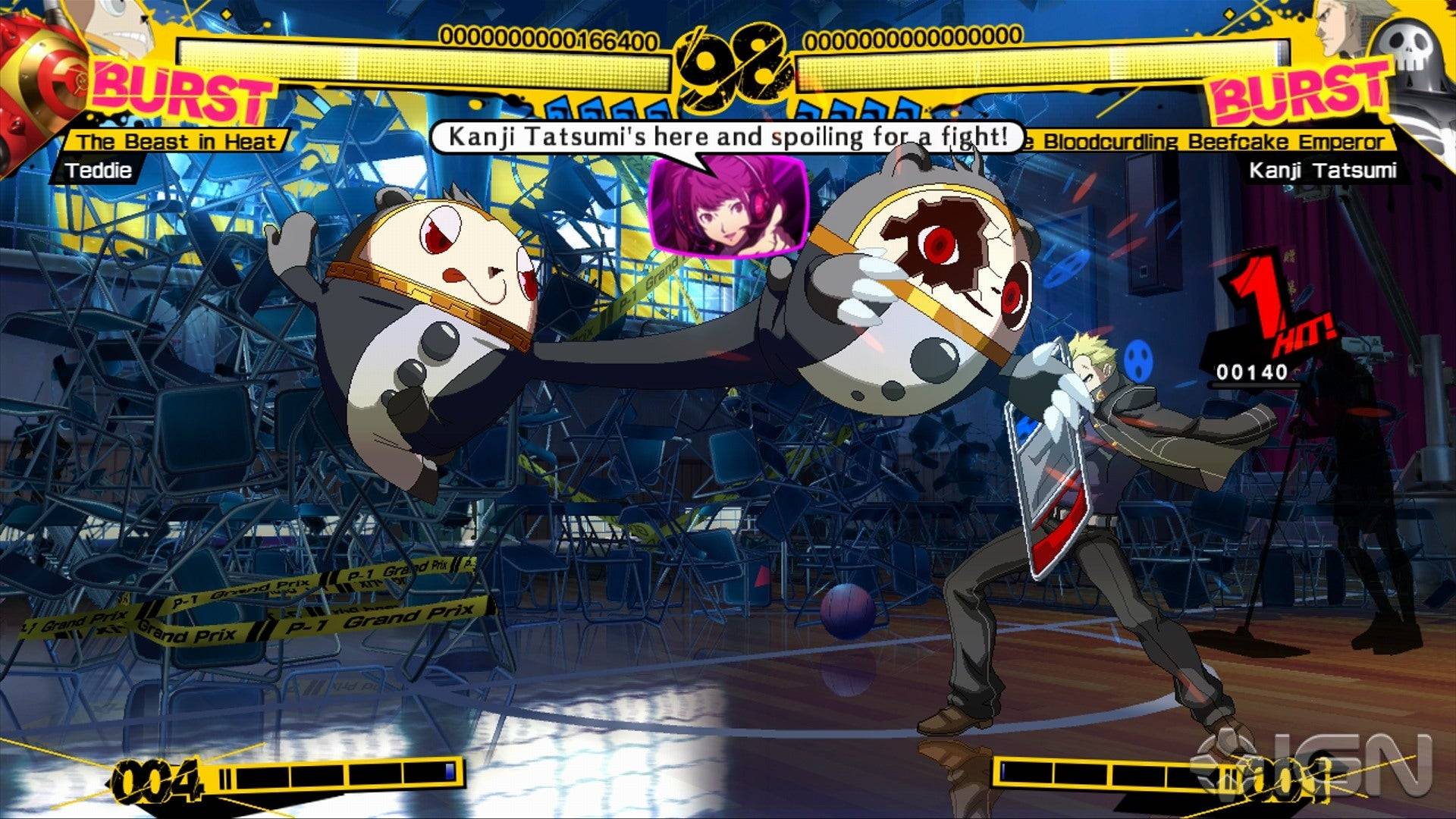
Persona 4 Arena, the franchise's first major spin-off, continues the narratives of Persona 3 and 4. Yu Narukami returns to Inaba and enters a mysterious fighting tournament in the TV world, battling allies and the Shadow Operatives, a group from Persona 3. This spin-off introduces a full-fledged fighting game featuring iconic Persona characters.
Read our review of Persona 4 Arena.
9. Persona 4 Arena Ultimax (2013)
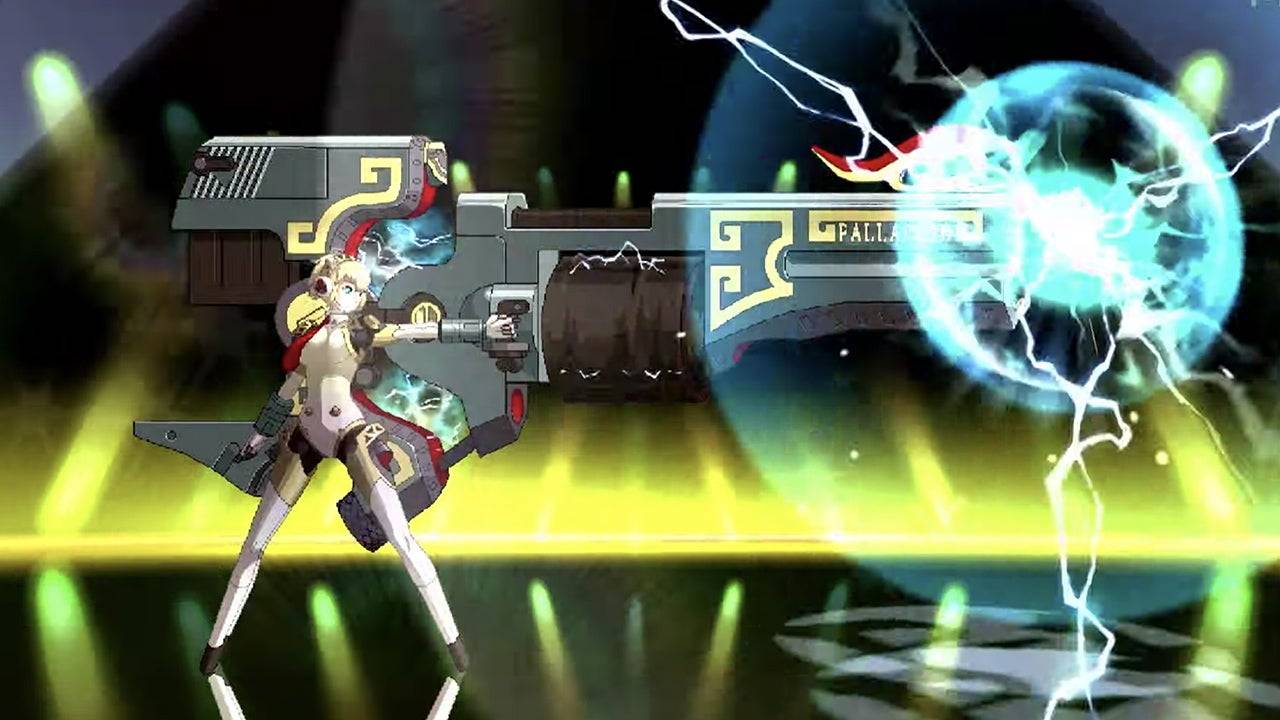
Following Persona 4 Arena, Ultimax continues directly after the first game. The Persona 4 squad and the Shadow Operatives return to the TV World to battle mysterious forces in the tournament. Ultimax expands the roster, bringing back characters like Yukari, Junpei, Ken, and Koromaru.
Read our review of Persona 4 Arena Ultimax.
10. Persona 4: Dancing All Night (2015)
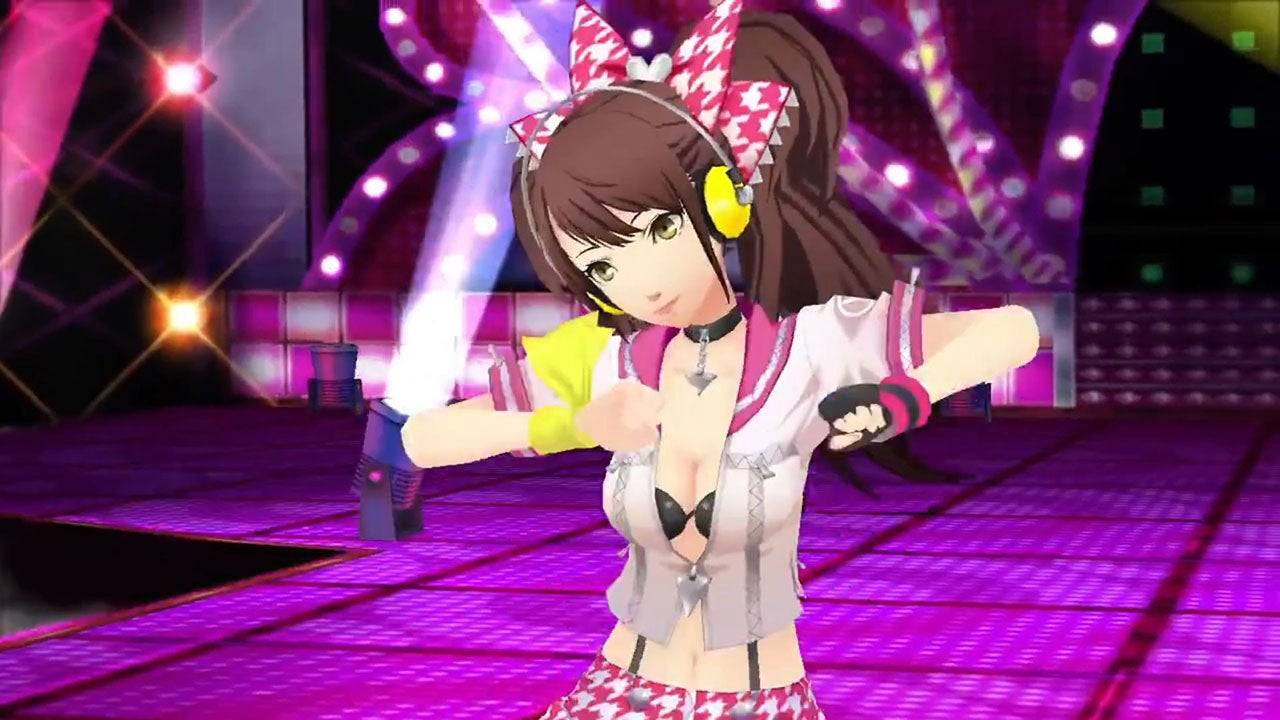
Persona 4: Dancing All Night, the fourth spin-off of Persona 4, is a rhythm-based dancing game where the Investigation Squad performs routines to iconic Persona tracks. The game offers a canon continuation, with Yu and the team venturing into an alternate dimension called the Midnight Stage.
Read our review of Persona 4: Dancing All Night.
11. Persona 5 (2016) / Persona 5 Royal (2019)

Set in Tokyo, Persona 5 introduces players to protagonist Joker, on probation after being framed for a crime. Attending high school, Joker and his friends discover a supernatural realm, infiltrating mystical palaces to change the hearts of evildoers. As the Phantom Thieves, they gain notoriety in Tokyo. Building on the formula established by Persona 3 and 4, Persona 5 includes massive story-focused levels, the negotiation system, and a new dungeon system called Mementos. It became Atlus's best-selling game, cultivating a massive fan base.
Read our review of Persona 5 Royal.
Alternate Versions of Persona 5:
Persona 5 Royal, an expanded re-release, adds new features like a companion, dungeon, and semester, making it the ultimate version of the game.
12. Persona Q2: New Cinema Labyrinth (2018)
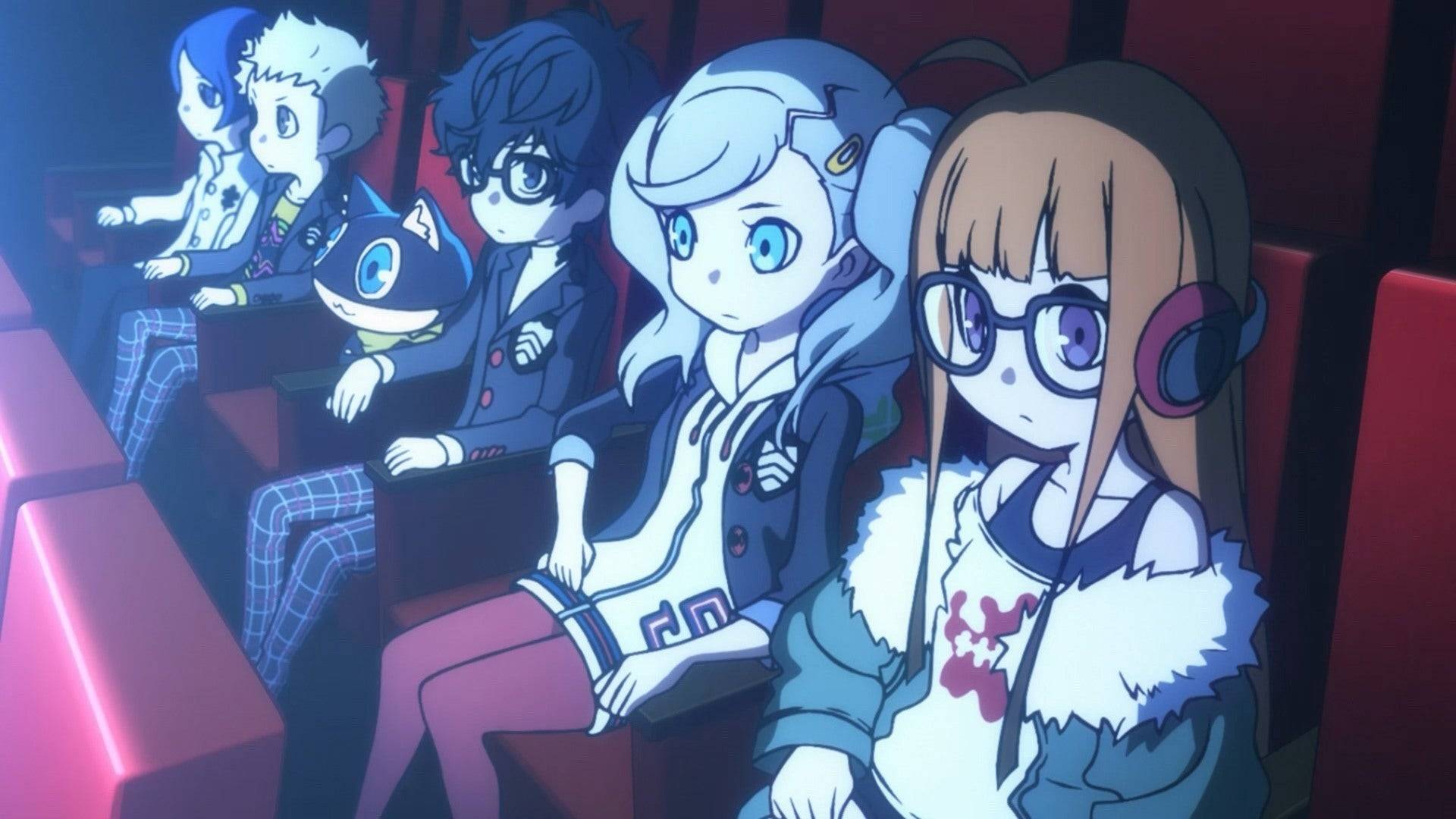
A sequel to Persona Q, New Cinema Labyrinth features a crossover of Persona characters. The Phantom Thieves, along with the S.E.E.S team and the Investigation Squad, find themselves trapped in a movie theater, exploring movie-themed dungeons to escape and fix movie endings. This game simultaneously takes place during the Persona 3, 4, and 5 storylines.
13. Persona 5 Tactica (2023)
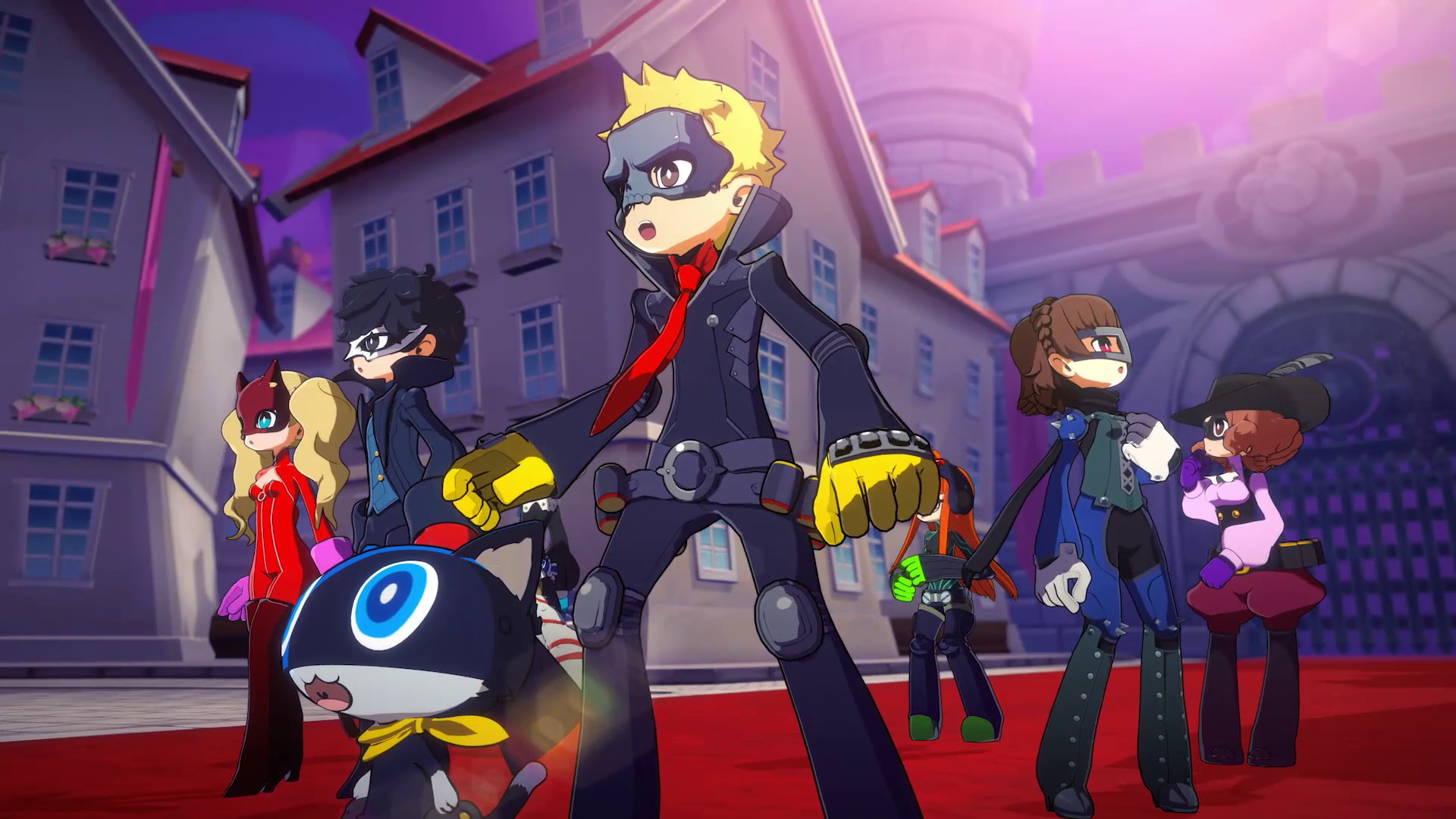
Set during Persona 5, Persona 5 Tactica is a strategy-focused spin-off akin to the XCOM franchise. The Phantom Thieves are transported to the Kingdoms, an alternate realm, where they must rescue their brainwashed allies from Tyrant Marie. The game features a tactical grid-based combat system, directing units across the battlefield to defeat enemies.
Read our review of Persona 5 Tactica.
14. Persona 5: Dancing in Starlight (2018)

Persona 5: Dancing in Starlight is the third rhythm-based dancing spin-off, where Caroline and Justine challenge the Phantom Thieves to a dance-off in the Velvet Room. The group performs dance routines to iconic Persona 5 tracks.
15. Persona 5 Strikers (2020)

Set four months after Persona 5, Strikers sees the Phantom Thieves reunite for a summer vacation, only to be pulled into the Metaverse via an app called EMMA. With help from a new ally, they resume their Phantom Thieves activities to uncover the truth behind EMMA and the Metaverse. Strikers introduces real-time combat inspired by the Dynasty Warriors series, with battles against hordes of enemies using combos and Personas.
Read our review of Persona 5 Strikers.
Every Persona Game and Spin-Off in Release Order
- Revelations: Persona (1996)
- Persona 2: Innocent Sin (1999)
- Persona 2: Eternal Punishment (2000)
- Persona 3 (2006)
- Persona 3 FES (2007)
- Persona 4 (2008)
- Persona 3 Portable (2009)
- Persona 4 Arena (2012)
- Persona 4 Golden (2012)
- Persona 4 Arena Ultimax (2013)
- Persona Q: Shadow of the Labyrinth (2014)
- Persona 4: Dancing All Night (2015)
- Persona 5 (2016)
- Persona 3: Dancing in the Moonlight (2018)
- Persona 5: Dancing in the Starlight (2018)
- Persona Q2: New Cinema Labyrinth (2018)
- Persona 5 Royal (2019)
- Persona 5 Strikers (2020)
- Persona 5 Tactica (2023)
- Persona 3 Reload (2024)
What's Next for Persona?
Fans of Atlus RPGs enjoyed two releases in 2024: Persona 3 Reload and Metaphor: ReFantazio, a new RPG from Atlus's Studio Zero. Following Metaphor's success and awards, Sega expressed their intent to continue investing in Atlus and the Persona IP during a developers' Q&A session.
The next Persona project to watch is the free-to-play mobile game Persona 5: The Phantom X, released in China, Taiwan, Hong Kong, Macau, and Korea in 2024. A Japanese release is imminent following a closed beta sign-up in October, with a global release expected, though no official details on its potential release date have been shared. The Phantom X features an original story set in the Persona 5 universe, where new characters rise from the shadows and don the masks of the Phantom Thieves.
Persona 6 is the eagerly anticipated next release in the RPG series, though Atlus has yet to officially confirm its development.
-
Death Stranding 2: On the Beach director Hideo Kojima allegedly revamped significant portions of the game midway through development after playtesters responded "too positively," stating he actively avoids creating "mainstream" content.The insight coAuthor : Emery Dec 14,2025
-
Budget-Friendly Gaming Monitor DealGamers seeking an affordable display will want to jump on this limited-time Amazon Prime Day offer. For today only, Amazon's Lightning Deal features a 27" KTC gaming monitor priced at just $98.59 shipped. With overAuthor : Noah Dec 13,2025
-
 |Poppy Playtime| Walkthrough|Download
|Poppy Playtime| Walkthrough|Download -
 Casus Kim - Who's spy?Download
Casus Kim - Who's spy?Download -
 Poker Boss: Texas Holdem OfflineDownload
Poker Boss: Texas Holdem OfflineDownload -
 Pokdeng OnlineDownload
Pokdeng OnlineDownload -
 Escape Giant ObbyDownload
Escape Giant ObbyDownload -
 Motocross Dirt Bike Racing 3DDownload
Motocross Dirt Bike Racing 3DDownload -
 Drum Studio: Bateria VirtualDownload
Drum Studio: Bateria VirtualDownload -
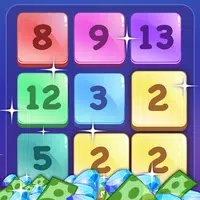 Number Boom - Island KingDownload
Number Boom - Island KingDownload -
 iFruitDownload
iFruitDownload -
 GunStar MDownload
GunStar MDownload
- Black Ops 6 Zombies: How To Configure The Summoning Circle Rings on Citadelle Des Morts
- Harvest Moon: Lost Valley DLC and Preorder Details Revealed
- Roblox: Latest DOORS Codes Released!
- Silent Hill 2 Remake Coming to Xbox and Switch in 2025
- Roblox: Blox Fruits Codes (January 2025)
- Roblox: Freeze for UGC Codes (January 2025)



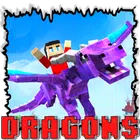
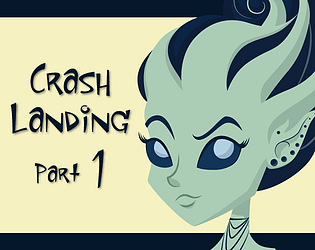



![Taffy Tales [v1.07.3a]](https://imgs.ehr99.com/uploads/32/1719554710667e529623764.jpg)




